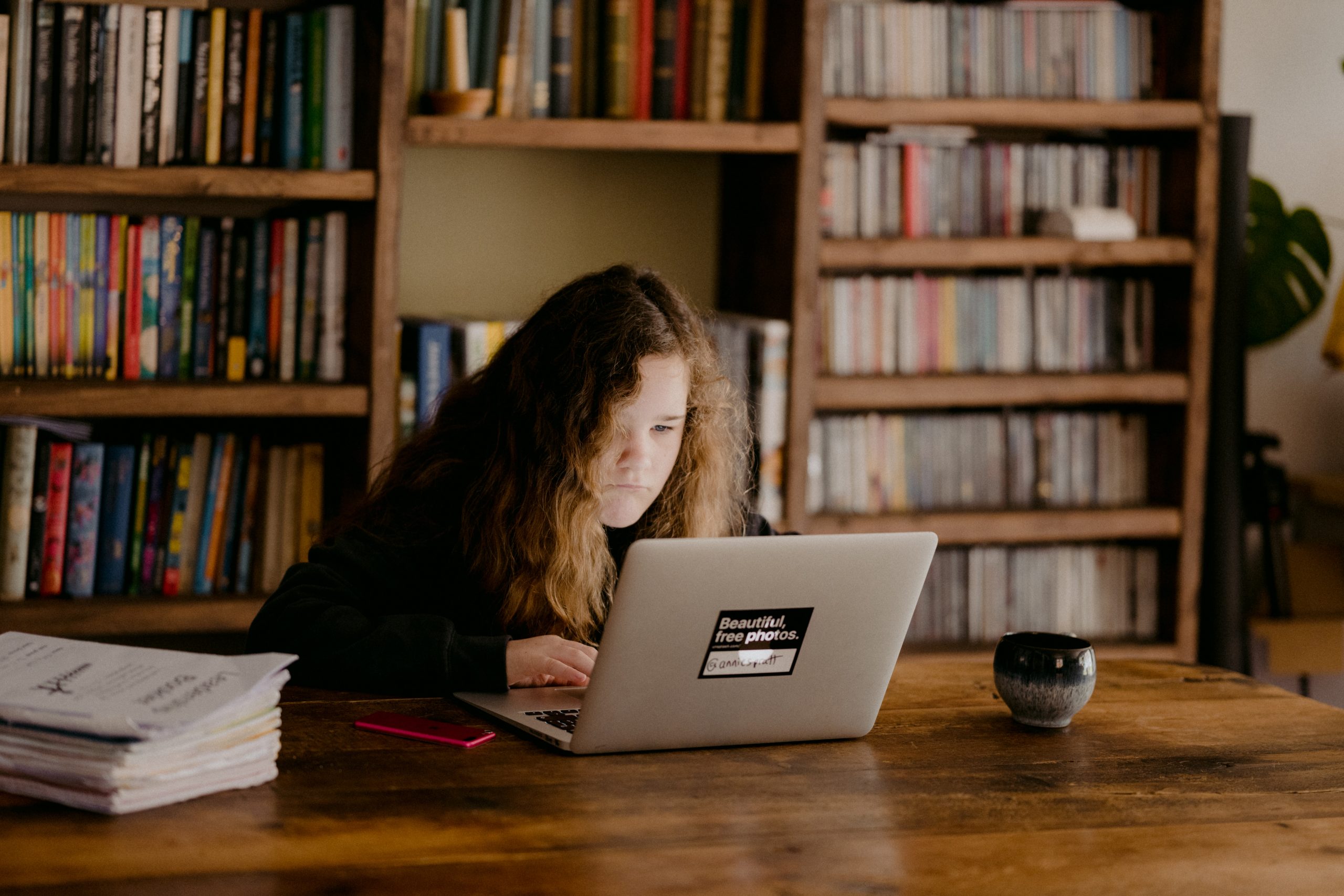By: Victoria Young, a South Carolina Teacher
When I began teaching virtually this school year, I was excited to utilize all of the technological resources and techniques I learned in university that I hadn’t had the chance to try out. However, as most teachers know, it is almost impossible to effectively teach content in a meaningful way to kids when they are unable to connect with the content and one another. In the virtual classroom, students are unable to simply turn to their neighbor and discuss a problem or quickly whisper questions and comments to one another in class. Sure, no teacher will deny the fact that the mute button is a game changer for classroom management, but they will agree that it does damage the classroom community. The social barrier created by virtual learning seemed to put the important skill of collaboration on hold for this generation of students. So how do we as teachers reignite this connectivity in the virtual classroom?
Tip #1: Build confidence with anonymity

For me, it was a long process filled with patience. The first day of school is always awkward; but with technical difficulties and lack of participation, the first day shyness lasted the first two weeks. The way I approached a lack of classroom engagement was by treating virtual classes like a shy kid. You know the one – shoulders hunched, little eye contact, and always chooses to do the group assignment alone without asking. With tools such as Nearpod, Polleverywhere, and Google Forms, I did activities in and out of class that allowed students to express themselves and their thoughts and opinions with anonymity. As a class, we would see how we all think alike or learn new perspectives. I would ask for opinions on silly things like what I should eat for lunch for kids who are more outgoing to speak up without pressure of being ‘wrong’. When the more outgoing kids started to lead the way with the easy interactions, I saw that even the quieter students begin to speak up in the chat or even unmute! Eventually, through these distant interactions, I noticed more and more students interacting in class in day to day conversations and in content related discussions. They began to gain confidence once they saw that they are safe to share their ideas.
Tip #2: Use mainstream tools to your advantage

Once we broke the 10 layers of ice, I began to do more collaboration boards and Flipgrids without anonymity in order to encourage more discussion in class. In my very social classes, I have even gone on to do partner projects through remote learning. Middle and high school students are on every type of social media; so many of my students chatted via Snapchat, Instagram, and even Discord. Other students with less access to social media simply communicated via email. All that to say, students are collaborating all the time, we just have to use their methods to our advantage! (If you can’t beat them, join them!) I was never given any issues with participation despite how different this form of collaboration is and how it appears more arduous than simply sitting next to a partner in class. It is as if the ability to collaborate without a teacher facilitating every step was freeing; therefore, I began to see their personalities shine through their work.
Tip #3: Find common ground
Of course, not every class can achieve the same level of collaboration in the virtual world. That doesn’t mean, however, that it can’t be achieved! One of my classes’ favorite activities is to play Among Us as review before an assessment. While talking about our weekend plans, I told my students I was going to play video games with some friends. This built a quick connection between me and my classes. Eureka! We finally had something in common besides being stuck in quarantine. On Gimkit.com, there is an activity that allows students to review material while playing in a similar format of the popular game Among Us. Students get very competitive and have to interrogate one another in order to win. There are also several other games that allow collaboration; but I always start with a solo game to help students get used to the mechanics. Nothing says virtual like video games and they are a great way to build community and collaborate in order to learn!
No matter the grade level or content you teach, collaboration is achievable in your classroom whether you are in person or online (or both!) this school year. Remember that at the end of the day, the goal of collaboration is to build relationships and problem solving skills. If you notice that your student collaboration is lacking in the qualitative results you want in your content, try to treat it more as a social skill. If you nurture your classroom’s environment first with collaboration, the learning will come along with it. Find a common interest, talk to a child or teen about what they like to do in their free time, and use those things to your advantage! Take away the fear of failure and show that you are all just as human as each other and soon your students will see that learning can be found all around us, not just in a school or textbook. And isn’t that the most powerful lesson that we can teach?
About the Author

Victoria Young, B.A. Secondary Education/Social Studies, is a geography and world history teacher at Greenville Technical Charter High School in South Carolina.
